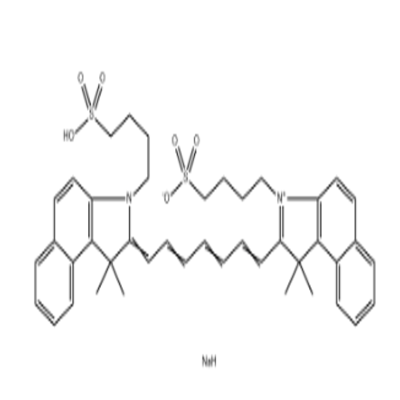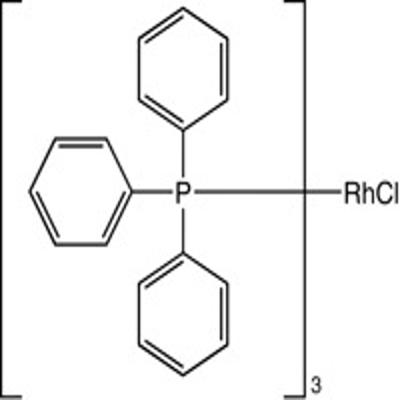-
Categories
-
Pharmaceutical Intermediates
-
Active Pharmaceutical Ingredients
-
Food Additives
- Industrial Coatings
- Agrochemicals
- Dyes and Pigments
- Surfactant
- Flavors and Fragrances
- Chemical Reagents
- Catalyst and Auxiliary
- Natural Products
- Inorganic Chemistry
-
Organic Chemistry
-
Biochemical Engineering
- Analytical Chemistry
- Cosmetic Ingredient
-
Pharmaceutical Intermediates
Promotion
ECHEMI Mall
Wholesale
Weekly Price
Exhibition
News
-
Trade Service
In a new study, researchers at the University of Texas Southwestern Medical Center in the United States found a mechanism by which cells degrade tiny RNA (microRNA, miRNA), a genetic molecule that regulates the amount of protein in cells.
findings not only shed light on how cells work, but could eventually lead to the development of new ways to combat infectious diseases, cancer and a range of other health problems.
results were published online November 12, 2020 in the journal Science under the title "A ubiquitin ligase mediates target-directed microRNA decay independently tailing and trimming".
Han, Mendell, and their colleagues discovered a protein assembly that formed a ubiganic connective enzyme (yellow) that acted on microRNA (red) and Argonaute protein (blue) in combination with microRNA so that microRNA could then degrade.
this mechanism to broadly regulate microRNA levels in a variety of cell types and tissues.
images from UT's Medical Center.
scientists have long known that genes contain instructions to make every protein in an organism.
one of these involves miRNAs, a smaller group of genetic material fragments that can cause complementary messenger RNA (mRNA) in cells to break down, preventing mRNA sequences from translating into proteins.
since the discovery of miRNA in 1993, scientists have accumulated a wealth of knowledge about hundreds of different miRNA molecules and their targets, the mechanisms that control their production and maturation, and the role of development, physiology, and disease.
, however, the paper's co-authors Joshua Mendell and lead author Jaeil Han explain that little is known about what cells do with miRNA after they are used.
as long as miRNA molecules stay in cells, they reduce the production of mRNA-coded proteins," Mendell explains.
, understanding how cells remove miRNAs when they are no longer needed is key to fully understanding how and when they work.
to answer this question, Mendell, Han and their colleagues used CRISPR-Cas9 as a "molecular scissors" that remove a single gene and allow people to explore its function.
In a human cancer cell line called K562, the researchers used CRISPR-Cas9 to target most of the 20,000 protein-coding genes in the human genome, looking for any gene that causes a usually shorter-lived miRNA called miR-7 to stay in cells.
their search eventually found that at least 10 genes were needed to degrade the miRNA.
the researchers learned that these genetically encoded proteins come together in cells to form a larger complex called cullin-RING ubiquitin ligase (CRL), which is designed to label other proteins so that the latter can then be degraded.
this particular ubiganic connective enzyme has never been described before, but like other ubiganic connective complexes, it appears to be designed to label proteins destined for degradation, Mendell said.
, however, further studies have shown that CRL is not labeled miR-7 per se, but rather a protein called Argonaute, which transports miRNA in cells.
once the Argonaute protein attached to miR-7 is targeted for degradation, the miRNA is exposed to the cells--- a condition that triggers cells to use RNA degradation enzymes to destroy the miRNA.
the researchers found that this ubiganic connective complex, or CRL, is key not only to degrading miR-7 in K562 cells, but also to degrading many other miRNAs in other cell types and species.
results show that this miRNA degradation mechanism works extensively to control miRNA levels during animal development and in various tissues.
Ethough other studies have shown that abnormal levels of various miRNAs are associated with a variety of diseases and infections, finding ways to control miRNA degradation --- whether it's eradicating problematic miRNAs in cells or maintaining beneficial miRNAs--- may represent new ways to treat these diseases.
for more than a decade, scientists have been looking for mechanisms for cells to degrade miRNA, " says Han.
now that we have discovered a new cell complex that can do this, we will be able to apply this finding to better understand how miRNA is regulated, and we hope to eventually develop new therapies.
" Reference: 1. Jaeil Han et al. A ubiquitin ligase mediates target-directed microRNA decay independently of tailing and trimming. Science, 2020, doi:10.1126/science.abc9546.discovery of mechanism that controls gene regulators cans lead to ways new to fight disease This article is sourced from Bio Valley, for more information please download Bio Valley APP (







